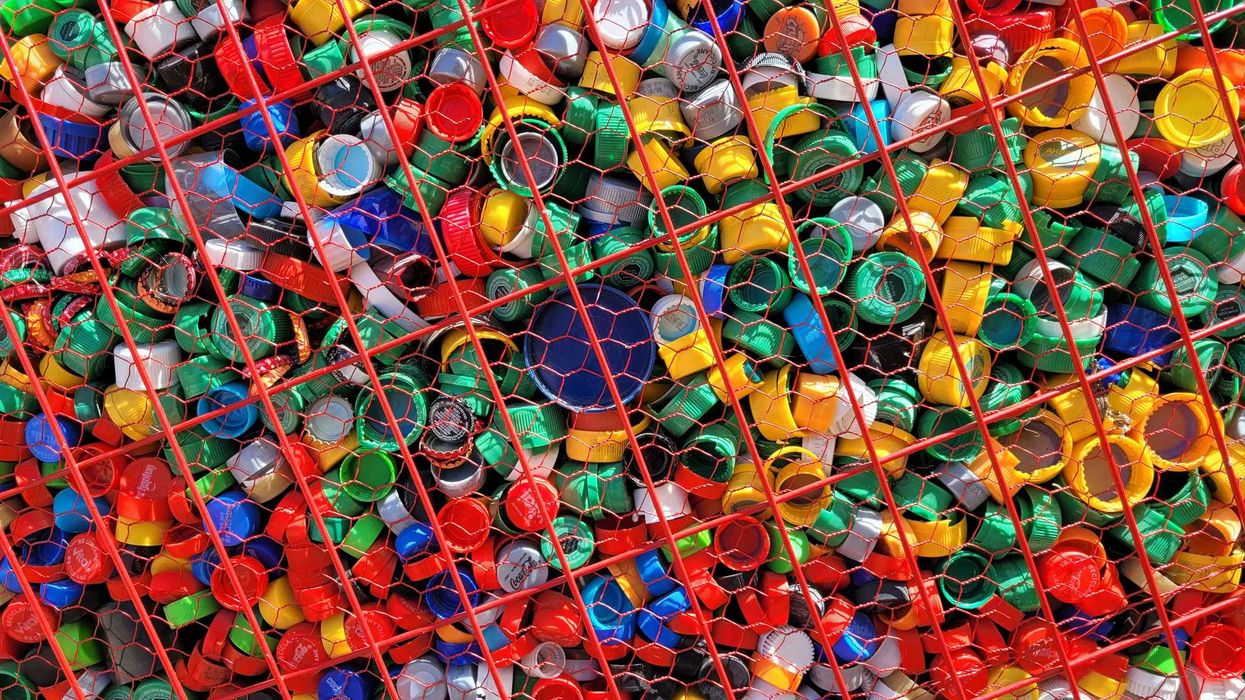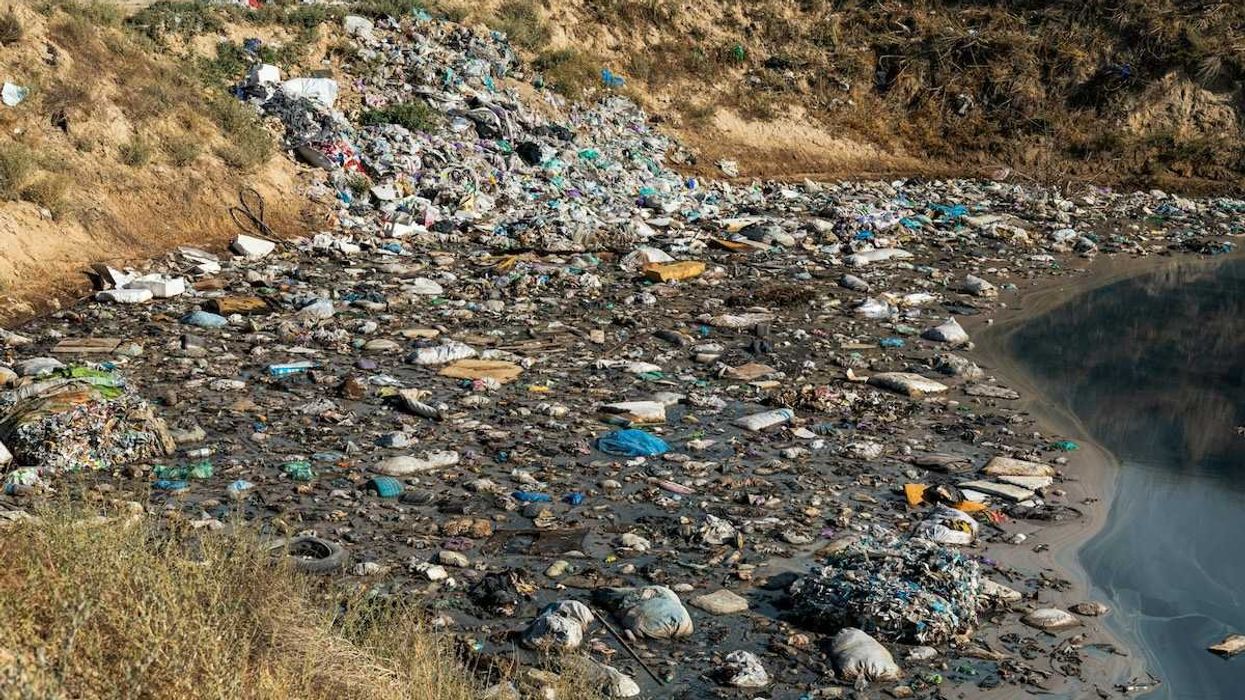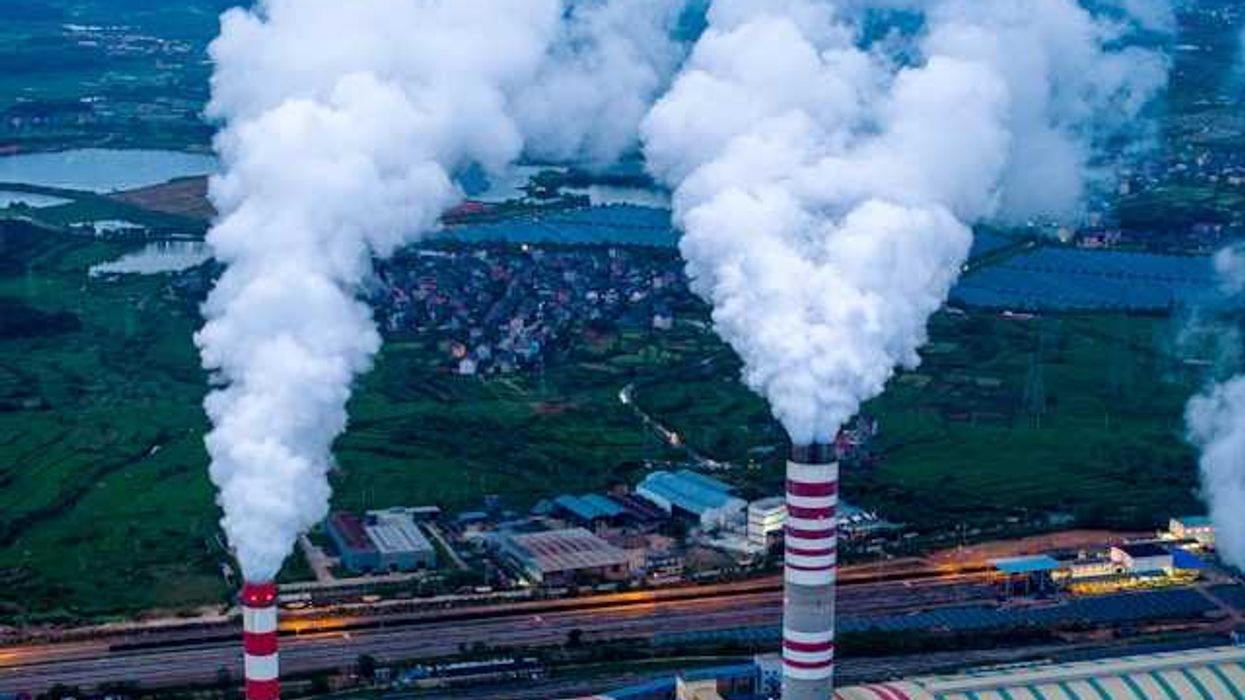Phthalates found in food packaging and personal care products may have caused more than 368,000 cardiovascular deaths worldwide in 2018, according to new research.
Sandee LaMotte reports for CNN.
In short:
- A global study linked the plasticizer DEHP, a common phthalate, to over 368,000 deaths from heart disease in 2018 among people aged 55 to 64, with the highest tolls in Africa, East Asia, and the Middle East.
- Phthalates, found in products from shampoo to food containers, interfere with hormone regulation and are associated with reproductive issues, asthma, and cancer.
- The study estimated significant economic losses tied to early deaths from phthalate exposure in the U.S., totaling up to $47 billion annually.
Key quote:
“By highlighting the connection between phthalates and a leading cause of death across the world, our findings add to the vast body of evidence that these chemicals present a tremendous danger to human health.”
— Sara Hyman, associate research scientist at NYU Grossman School of Medicine and lead author of the study
Why this matters:
Phthalates are a class of synthetic chemicals used to soften plastics and extend the life of fragrances. They are ubiquitous — in packaging, toys, cosmetics, even medical tubing — and they don't stay put. Instead, they migrate into our air, food, and bodies. Over time, chronic exposure adds up. Mounting research links phthalates to disruptions in hormone function, increased risks of cardiovascular disease, and developmental issues in children. The new global analysis connects one specific phthalate, DEHP, to over 10% of heart disease deaths in middle-aged adults in 2018 alone.
These figures stem from contact with everyday items in homes, schools, and hospitals. While U.S. regulators have restricted some phthalates in toys and child care items, many remain unregulated in food and cosmetic products. The disparity between scientific concern and regulatory action leaves millions, especially in lower-income and heavily exposed communities, vulnerable to preventable harm.
Related EHN coverage:
- What will it take to give babies a phthalate-free start in the world?
- Would you like phthalates with that burger?
- Phthalates detected in 11 popular brands of essential oils
- Phthalates found in some popular tallow brands
- Phthalate chemicals found in popular olive oils
- Black and Latinx hairdressers exposed to high levels of phthalates














